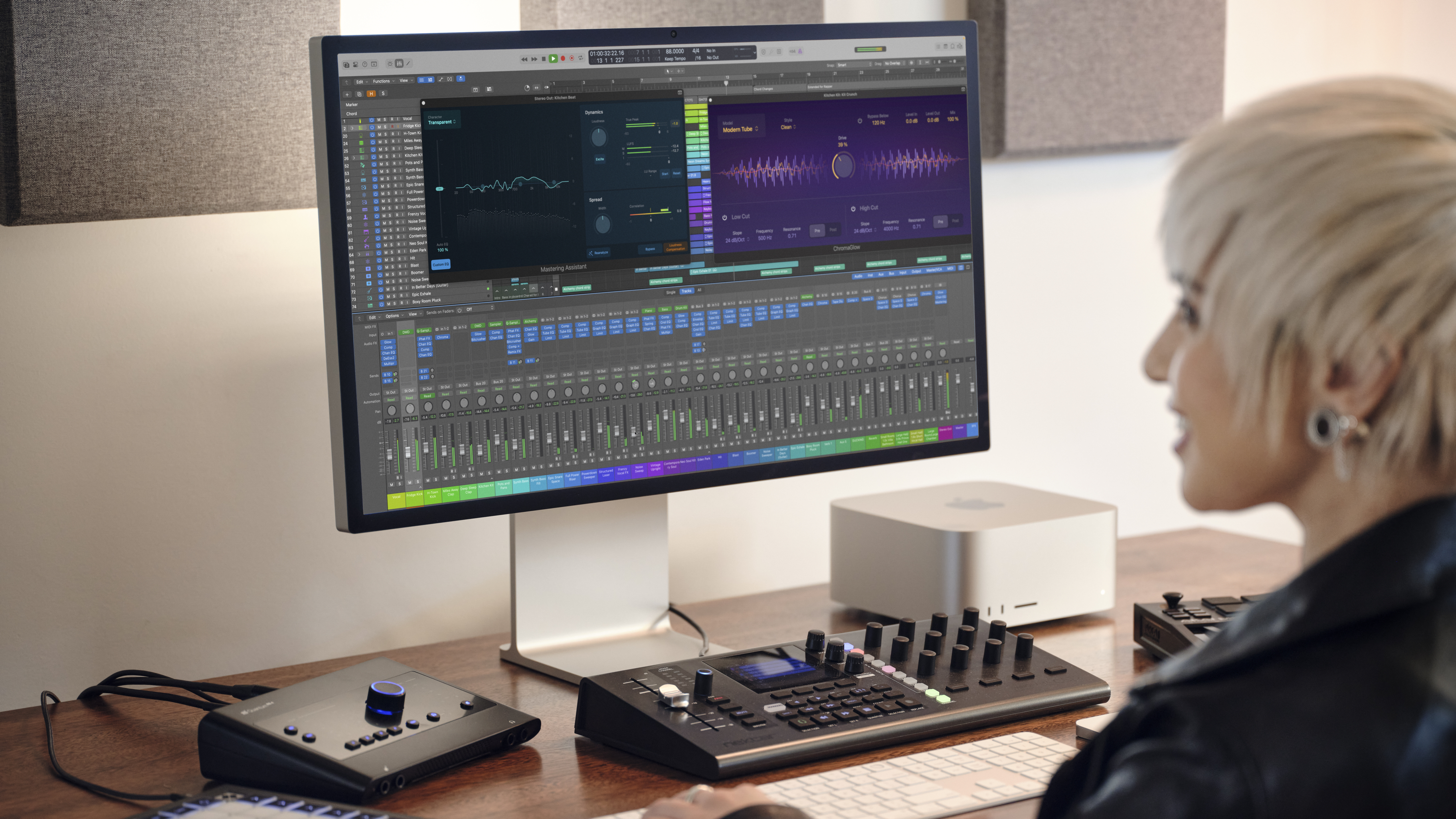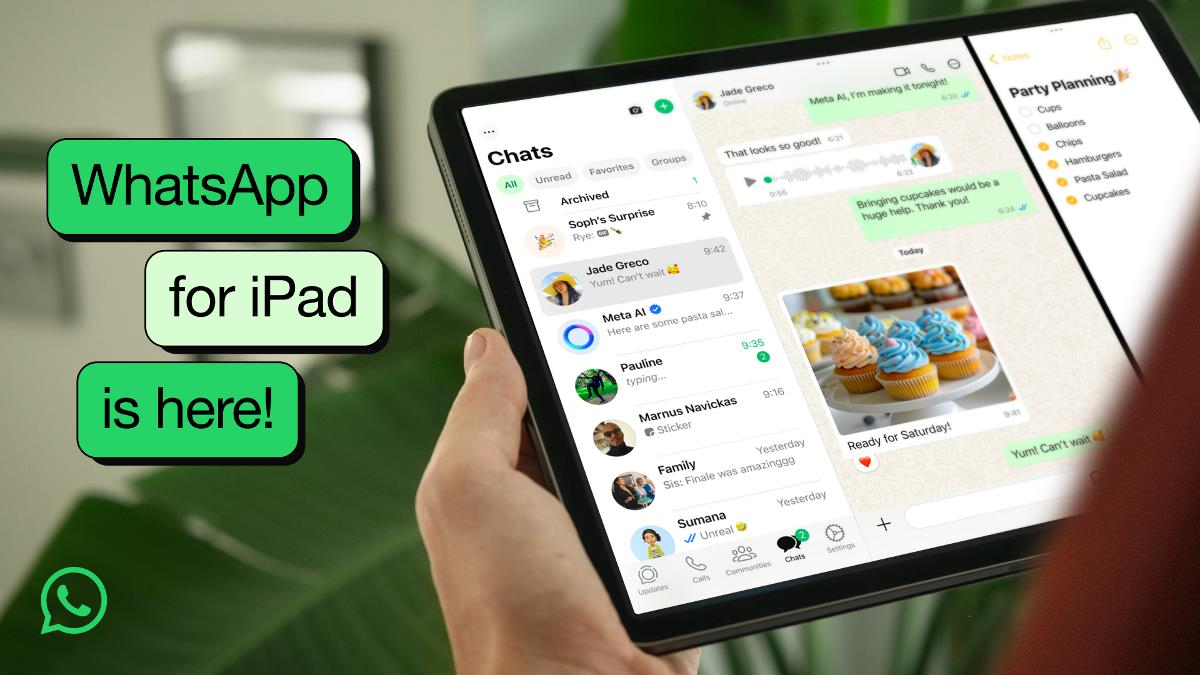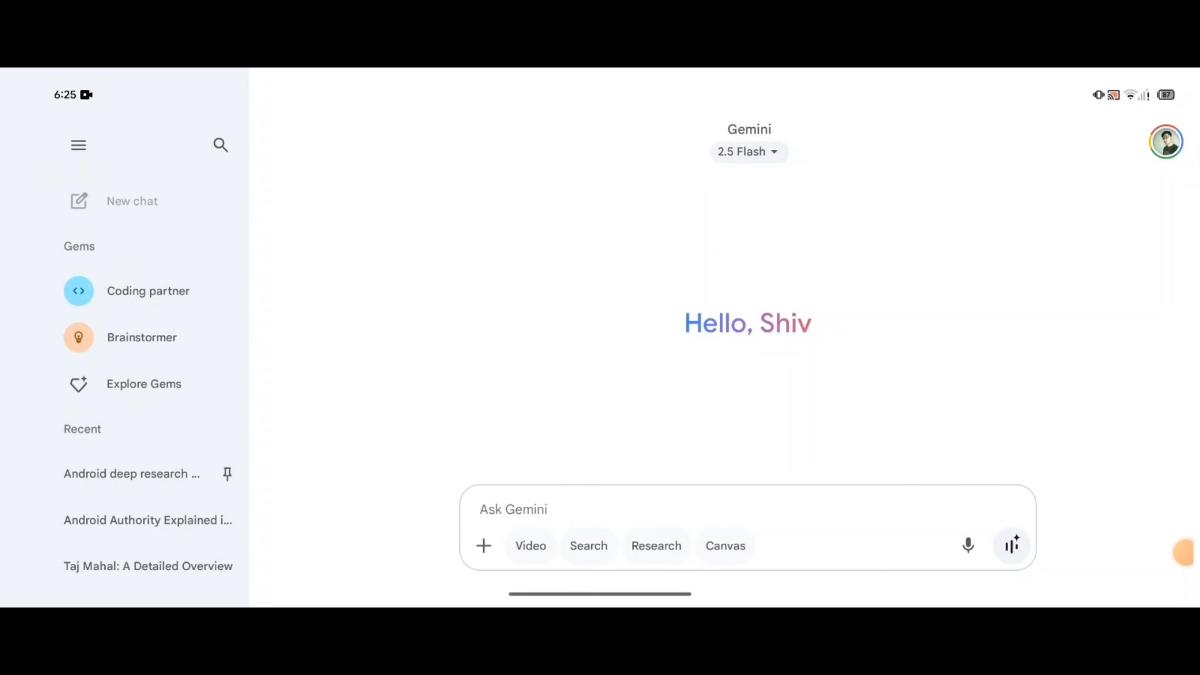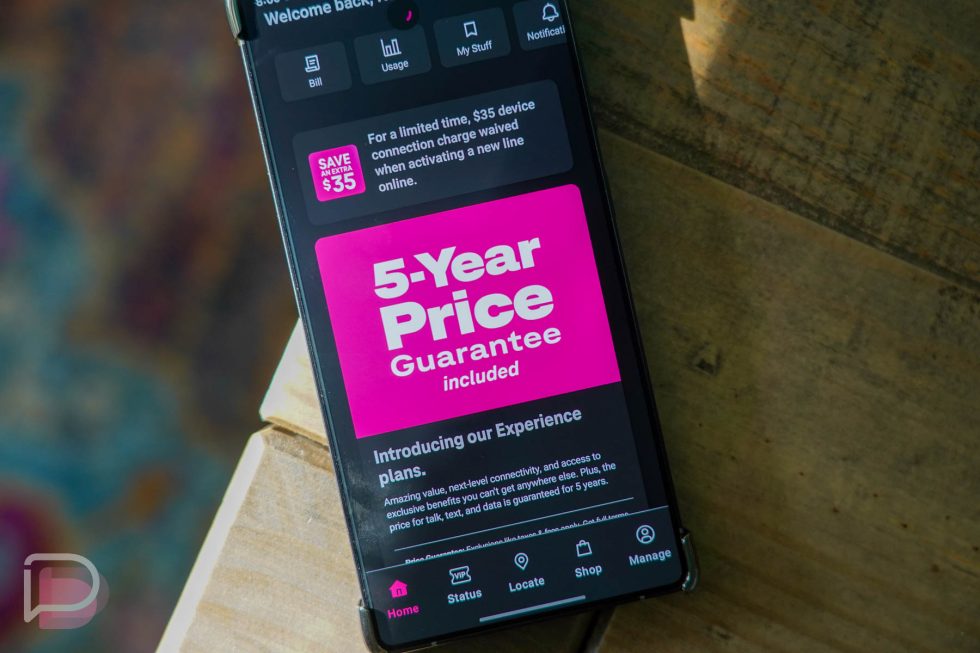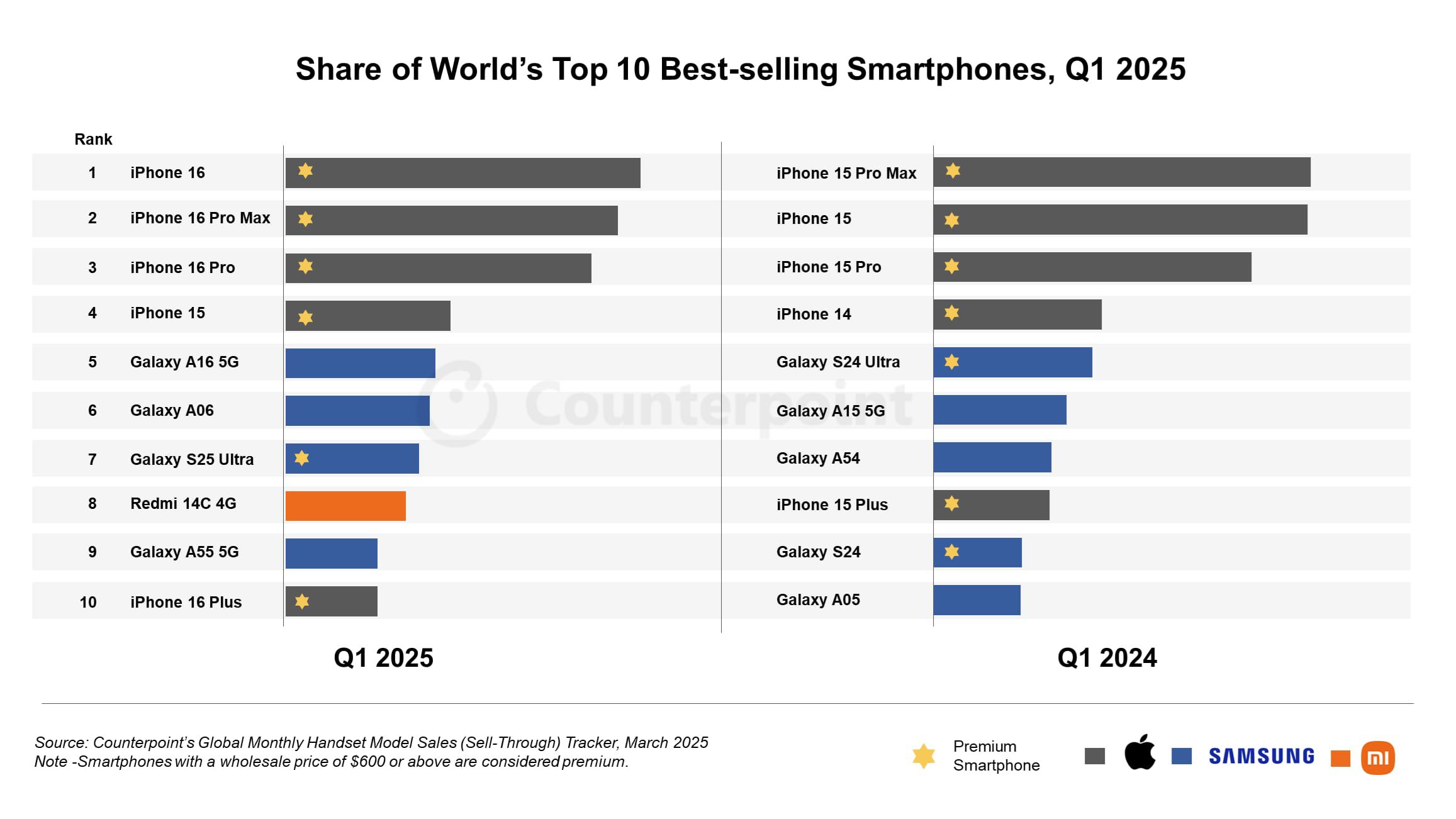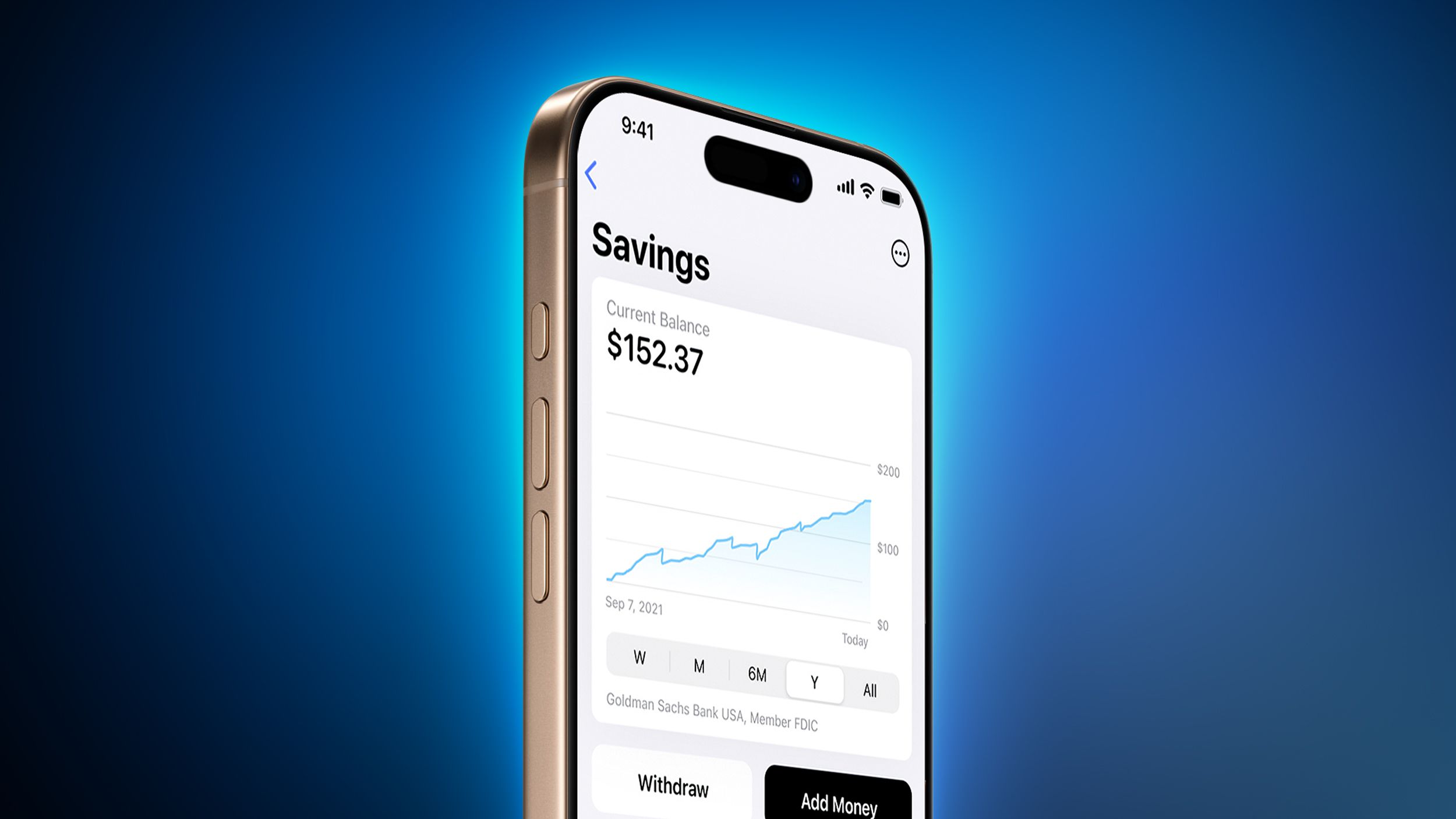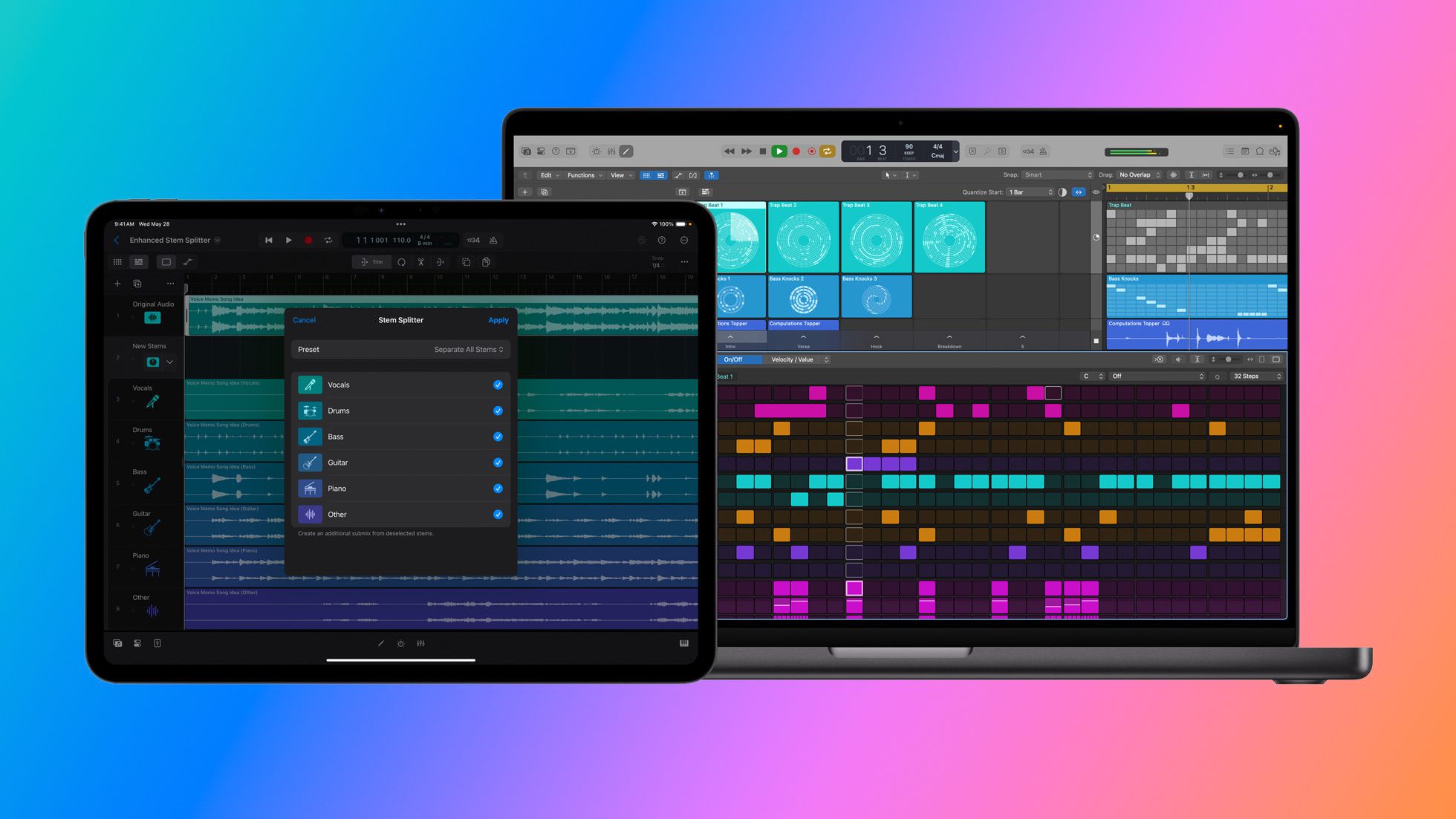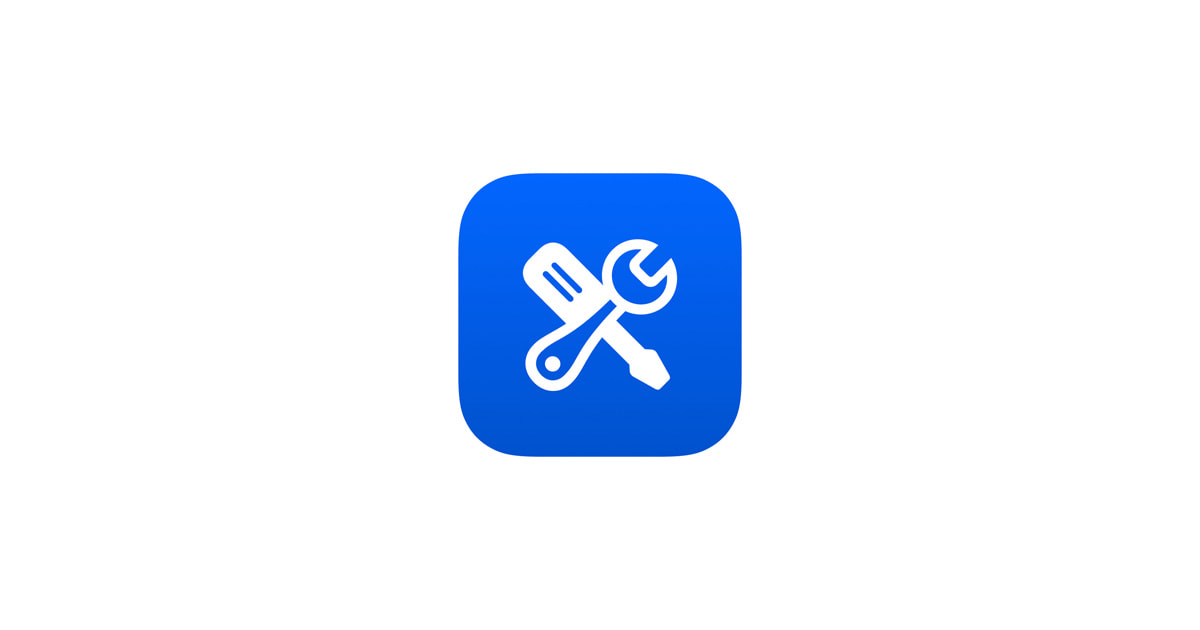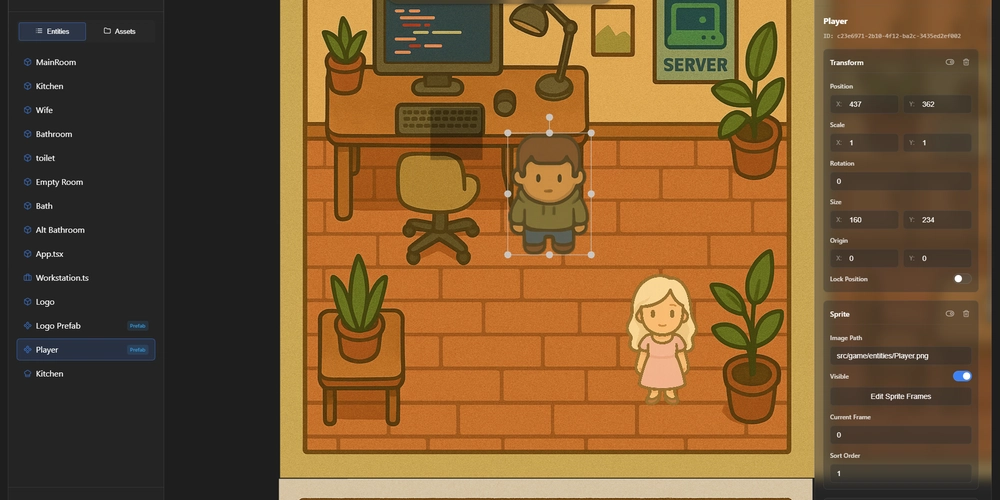What is Vibe Data Engineering? Definition, Features & Use Cases (2025 Guide)
Introduction: Why "Vibe Data Engineering" Is Gaining Attention As AI-powered applications proliferate across industries, a new flavor of data engineering is emerging to meet evolving needs: Vibe Data Engineering. Unlike traditional data engineering, which focuses on building robust pipelines, managing schemas, and ensuring data quality, Vibe Data Engineering is about delivering the right data experience—curated, emotionally resonant, and contextually adaptive. It's where the rigor of data engineering meets the nuance of user-centric design. The rise of AI copilots, LLM agents, and adaptive interfaces has created a demand for systems that don’t just serve data, but do so in a way that aligns with how humans think, feel, and interact. Vibe Data Engineers play a critical role in shaping these experiences—not just with infrastructure, but with intent. Just as "prompt engineering" evolved in response to AI's natural language interface, Vibe Data Engineering reflects a shift toward emotionally-aware, context-sensitive data systems. And while it may sound like a buzzword, it's already influencing how AI systems are built, tuned, and experienced. What is Vibe Data Engineering? (Definition) Vibe Data Engineering is a modern data engineering paradigm that leverages large language models (LLMs) to automate the entire data lifecycle—from understanding data models to exploring insights and designing data pipelines—through natural language interactions. In this model, AI acts as a co-pilot or assistant, capable of interpreting metadata, generating queries, building data flows, and even surfacing analytical insights, while human engineers supervise, validate, and refine the process. The goal is not to replace engineers, but to amplify productivity and lower the barrier for complex data work. Refined Definition Vibe Data Engineering is an AI-assisted approach to data engineering that enables users to understand, analyze, and operationalize data through natural language, with large language models generating code, pipelines, and insights automatically. It represents a shift from hand-coded, tool-heavy processes to intent-driven, conversational workflows—bringing agility, accessibility, and speed to data engineering tasks that once required specialized expertise. Key Characteristics of Vibe Data Engineering 1. AI-Assisted Data Model & Metadata Understanding LLMs can parse and summarize database schemas, relationships, and metadata—making it easier for users to quickly understand unfamiliar datasets. Automatically identifies column meanings and table relationships Quickly generates data dictionaries and documentation Enables users to query data structure through natural language Q&A 2. AI-Powered Exploratory Data Analysis & Insight Generation Users can ask open-ended or targeted questions about their data, and AI will run queries, visualize results, and even suggest potential insights or correlations. No need to write SQL for exploratory analysis Automatically generates charts, summaries, and insights Supports multi-turn conversational data exploration 3. AI-Driven Data Workflow Design & Pipeline Generation AI can translate business goals or high-level requests into executable data workflows, including ETL jobs, transformation logic, or model-ready datasets. Builds data workflows based on user intent Automatically generates scheduling scripts and transformation code Integrates with existing data platforms and tools Business Impact Dramatically improves productivity by reducing manual coding and query time Lowers the barrier for non-experts to engage with data Enables faster iteration and experimentation for data teams Bridges communication gaps between business users and technical teams Vibe Data Engineering vs. Traditional Data Engineering Use Cases of Vibe Data Engineering Vibe Data Engineering unlocks a new level of agility and accessibility across various industries and roles. Its ability to combine AI-powered automation with human guidance makes it ideal for modern data teams seeking faster iteration and more intuitive workflows. Below are several representative use cases: 1. Self-Service Data Exploration for Business Teams Non-technical stakeholders—such as product managers, marketers, or operations leads—can use natural language to explore data, generate reports, and uncover trends without relying on data engineers to write queries.

Introduction: Why "Vibe Data Engineering" Is Gaining Attention
As AI-powered applications proliferate across industries, a new flavor of data engineering is emerging to meet evolving needs: Vibe Data Engineering.
Unlike traditional data engineering, which focuses on building robust pipelines, managing schemas, and ensuring data quality, Vibe Data Engineering is about delivering the right data experience—curated, emotionally resonant, and contextually adaptive. It's where the rigor of data engineering meets the nuance of user-centric design.
The rise of AI copilots, LLM agents, and adaptive interfaces has created a demand for systems that don’t just serve data, but do so in a way that aligns with how humans think, feel, and interact. Vibe Data Engineers play a critical role in shaping these experiences—not just with infrastructure, but with intent.
Just as "prompt engineering" evolved in response to AI's natural language interface, Vibe Data Engineering reflects a shift toward emotionally-aware, context-sensitive data systems. And while it may sound like a buzzword, it's already influencing how AI systems are built, tuned, and experienced.
What is Vibe Data Engineering? (Definition)
Vibe Data Engineering is a modern data engineering paradigm that leverages large language models (LLMs) to automate the entire data lifecycle—from understanding data models to exploring insights and designing data pipelines—through natural language interactions.
In this model, AI acts as a co-pilot or assistant, capable of interpreting metadata, generating queries, building data flows, and even surfacing analytical insights, while human engineers supervise, validate, and refine the process. The goal is not to replace engineers, but to amplify productivity and lower the barrier for complex data work.
Refined Definition
Vibe Data Engineering is an AI-assisted approach to data engineering that enables users to understand, analyze, and operationalize data through natural language, with large language models generating code, pipelines, and insights automatically.
It represents a shift from hand-coded, tool-heavy processes to intent-driven, conversational workflows—bringing agility, accessibility, and speed to data engineering tasks that once required specialized expertise.
Key Characteristics of Vibe Data Engineering
1. AI-Assisted Data Model & Metadata Understanding
LLMs can parse and summarize database schemas, relationships, and metadata—making it easier for users to quickly understand unfamiliar datasets.
- Automatically identifies column meanings and table relationships
- Quickly generates data dictionaries and documentation
- Enables users to query data structure through natural language Q&A
2. AI-Powered Exploratory Data Analysis & Insight Generation
Users can ask open-ended or targeted questions about their data, and AI will run queries, visualize results, and even suggest potential insights or correlations.
- No need to write SQL for exploratory analysis
- Automatically generates charts, summaries, and insights
- Supports multi-turn conversational data exploration
3. AI-Driven Data Workflow Design & Pipeline Generation
AI can translate business goals or high-level requests into executable data workflows, including ETL jobs, transformation logic, or model-ready datasets.
- Builds data workflows based on user intent
- Automatically generates scheduling scripts and transformation code
- Integrates with existing data platforms and tools
Business Impact
- Dramatically improves productivity by reducing manual coding and query time
- Lowers the barrier for non-experts to engage with data
- Enables faster iteration and experimentation for data teams
- Bridges communication gaps between business users and technical teams
Vibe Data Engineering vs. Traditional Data Engineering
Use Cases of Vibe Data Engineering
Vibe Data Engineering unlocks a new level of agility and accessibility across various industries and roles. Its ability to combine AI-powered automation with human guidance makes it ideal for modern data teams seeking faster iteration and more intuitive workflows. Below are several representative use cases:
1. Self-Service Data Exploration for Business Teams
Non-technical stakeholders—such as product managers, marketers, or operations leads—can use natural language to explore data, generate reports, and uncover trends without relying on data engineers to write queries.







































































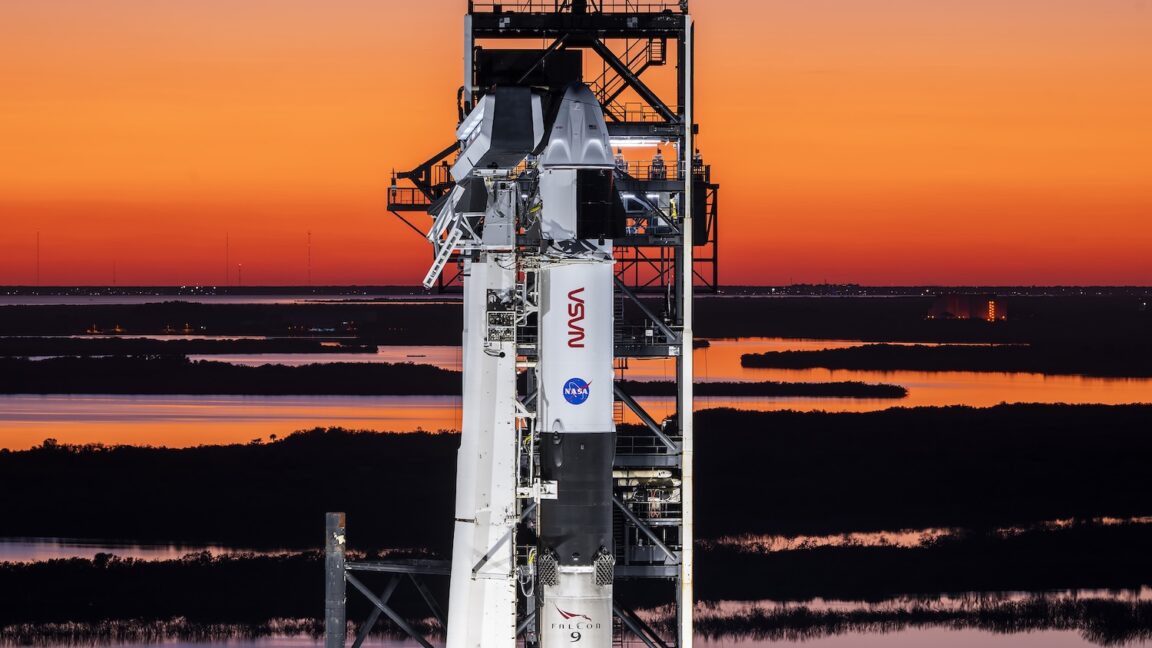
































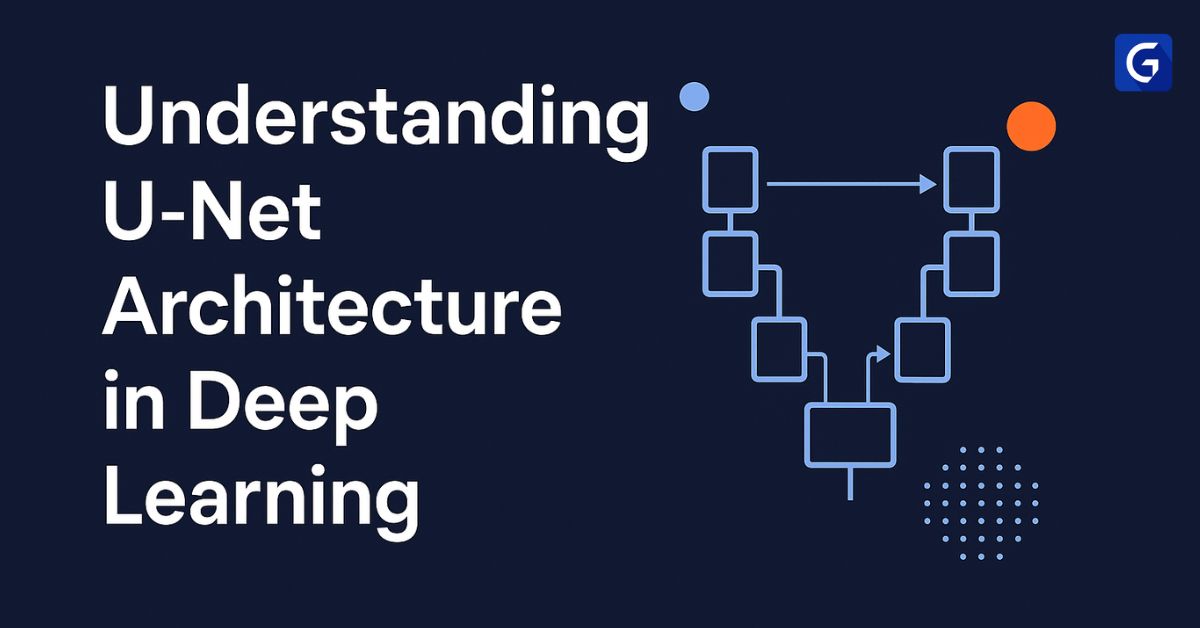















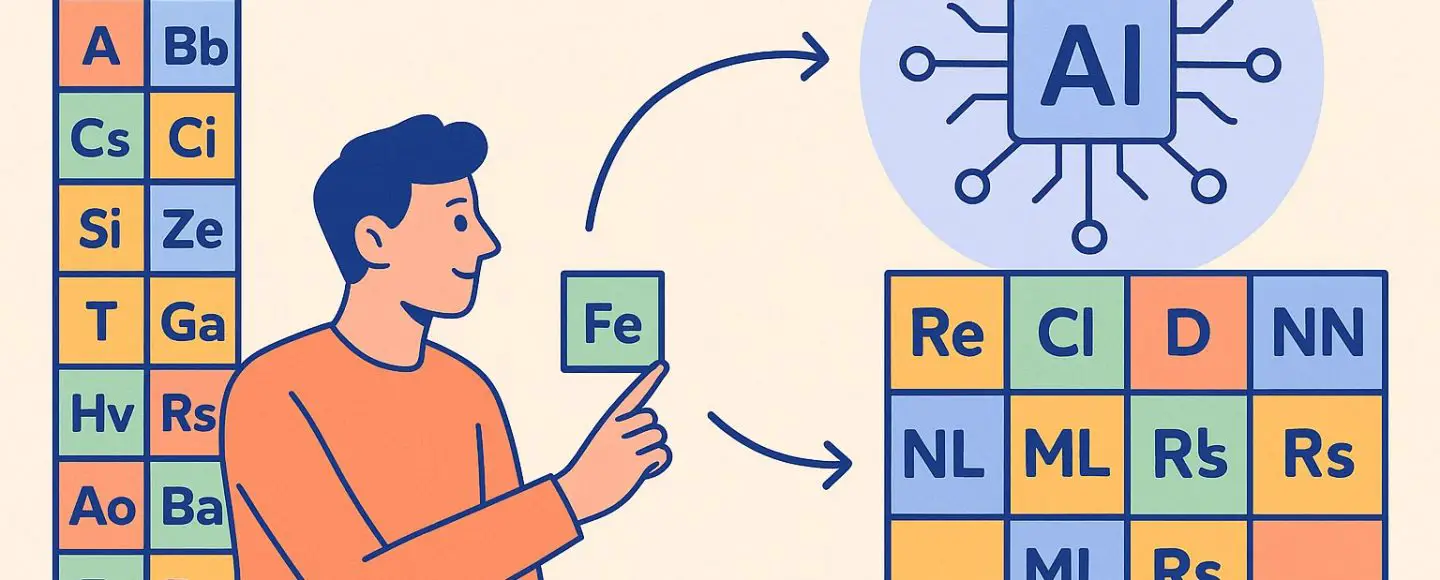





































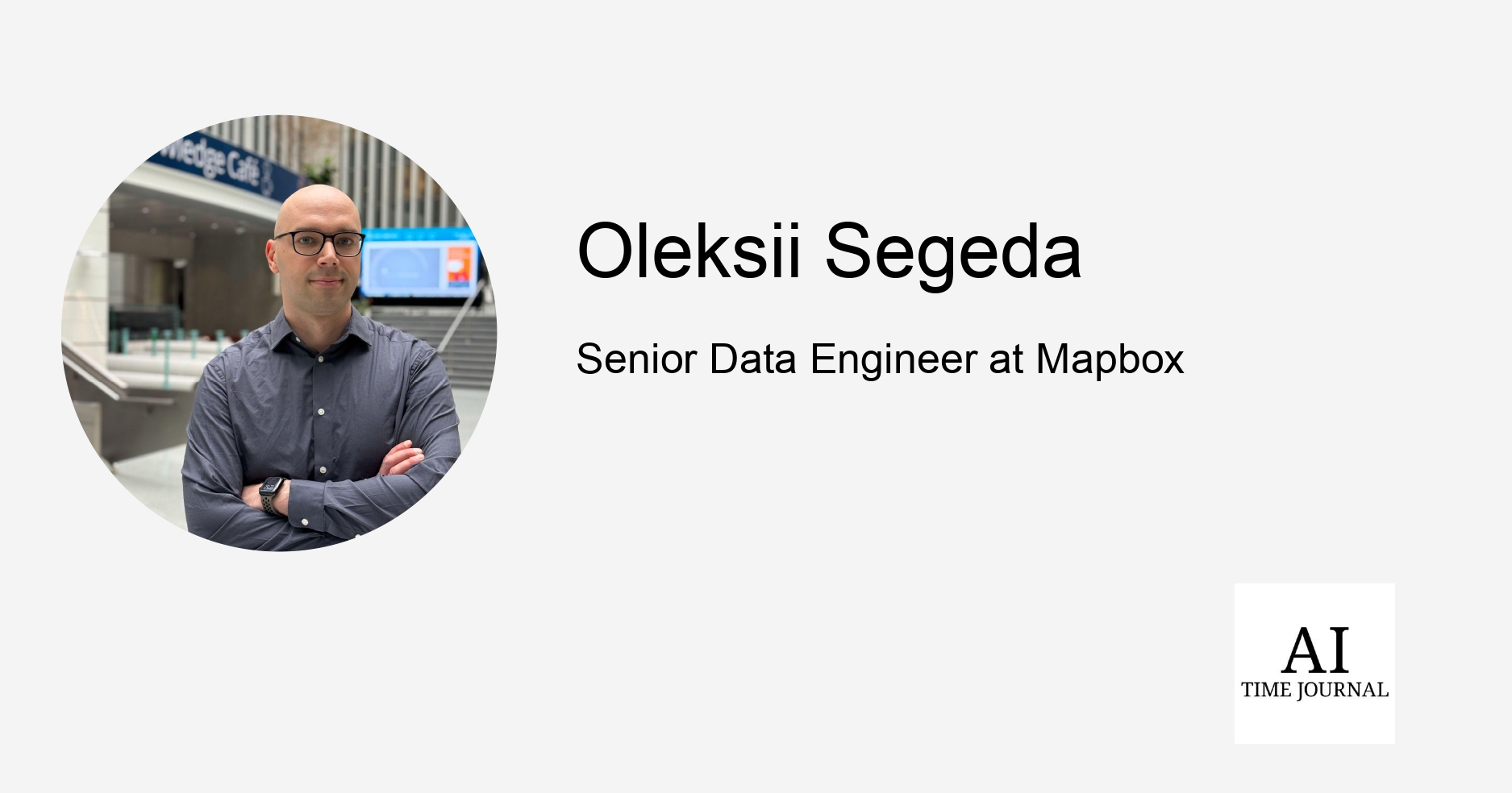
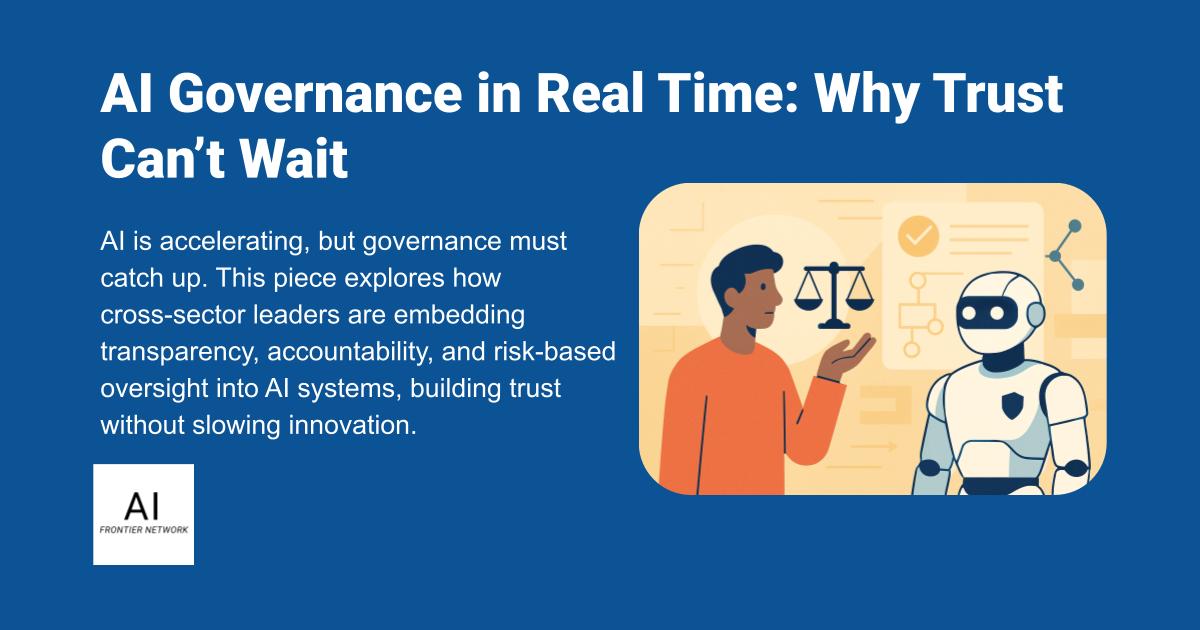
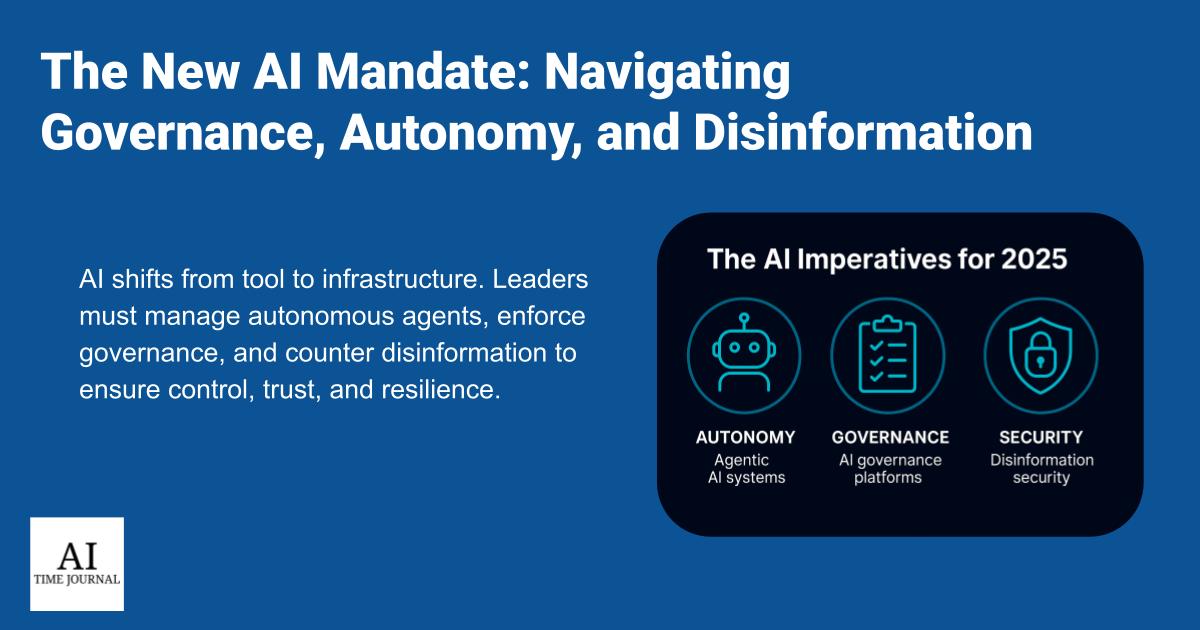













![[The AI Show Episode 150]: AI Answers: AI Roadmaps, Which Tools to Use, Making the Case for AI, Training, and Building GPTs](https://www.marketingaiinstitute.com/hubfs/ep%20150%20cover.png)
![[The AI Show Episode 149]: Google I/O, Claude 4, White Collar Jobs Automated in 5 Years, Jony Ive Joins OpenAI, and AI’s Impact on the Environment](https://www.marketingaiinstitute.com/hubfs/ep%20149%20cover.png)
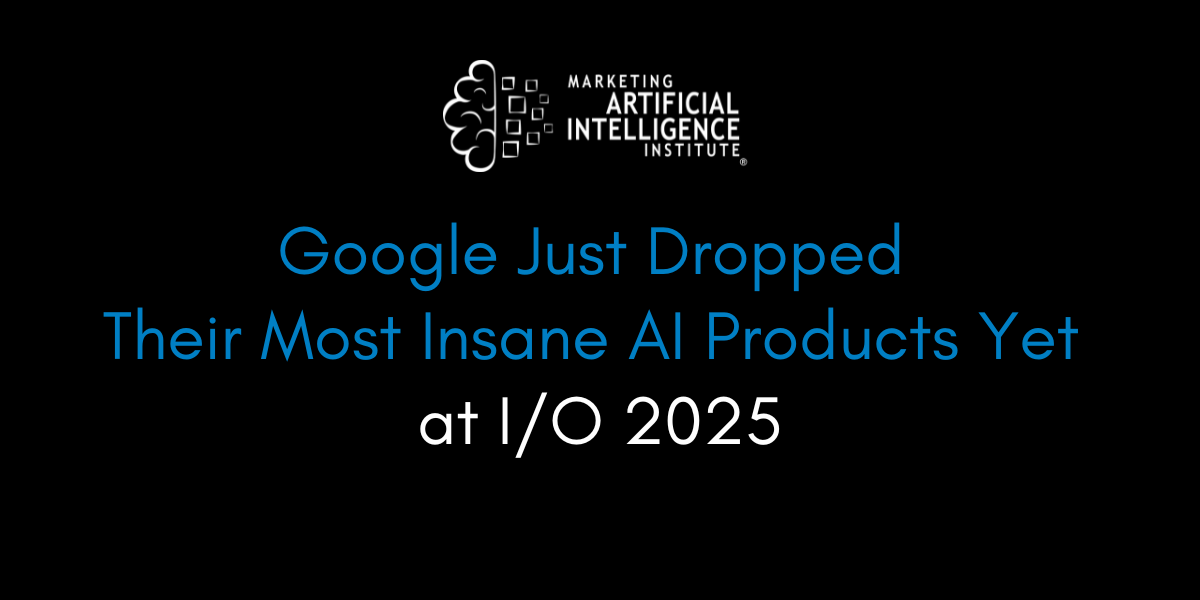
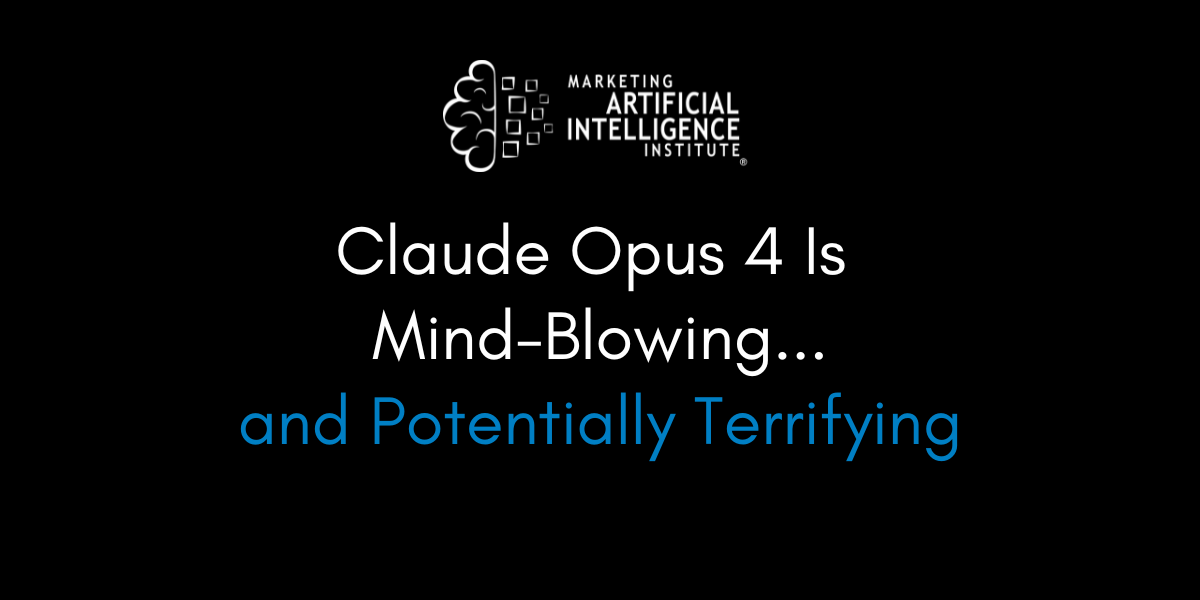






































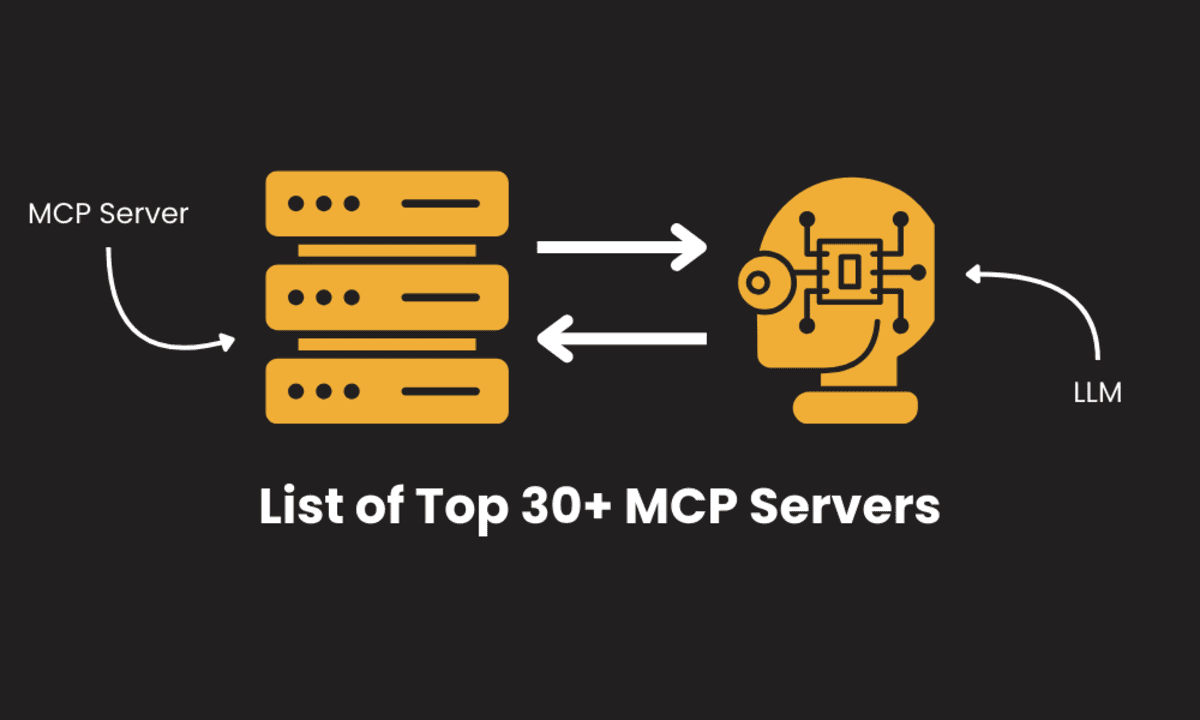

























































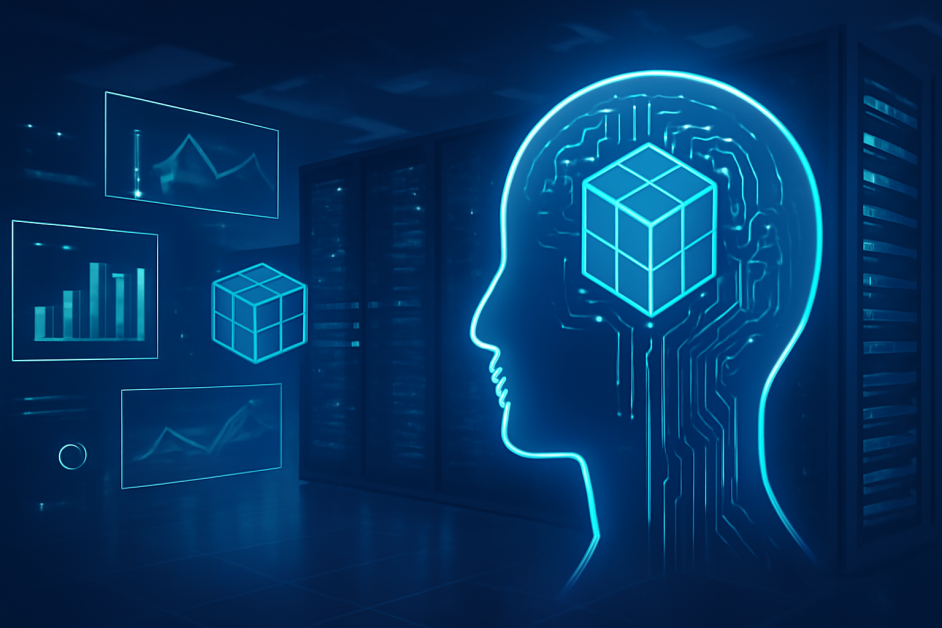











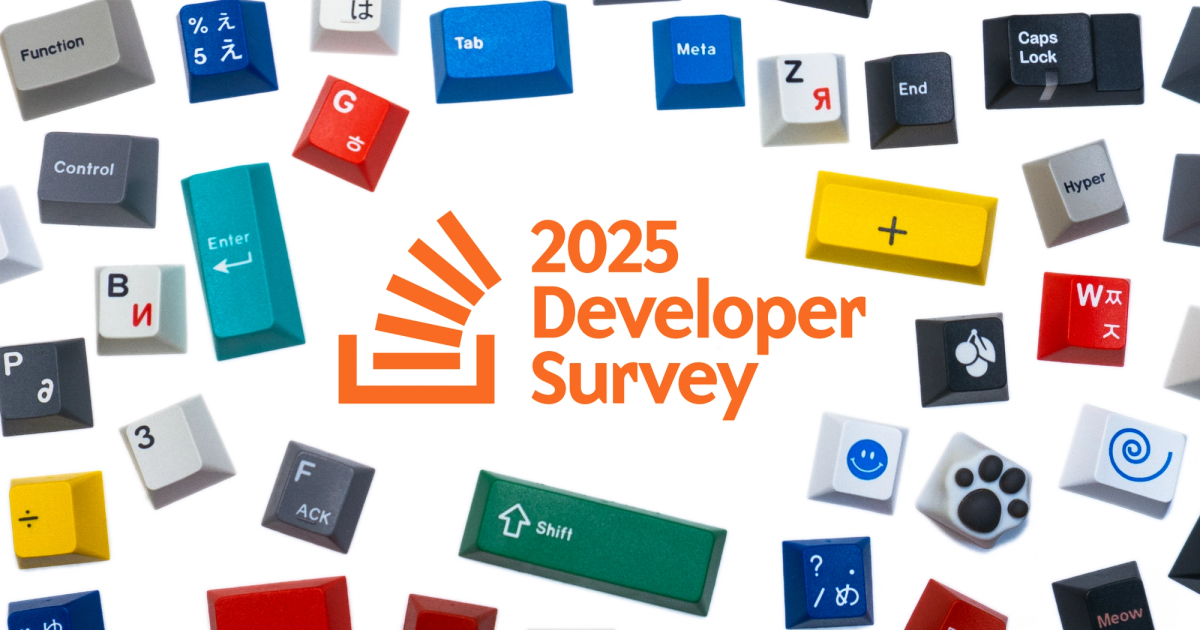














![[DEALS] Mail Backup X Individual Edition: Lifetime Subscription (72% off) & Other Deals Up To 98% Off – Offers End Soon!](https://www.javacodegeeks.com/wp-content/uploads/2012/12/jcg-logo.jpg)
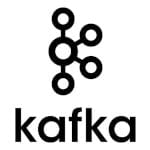






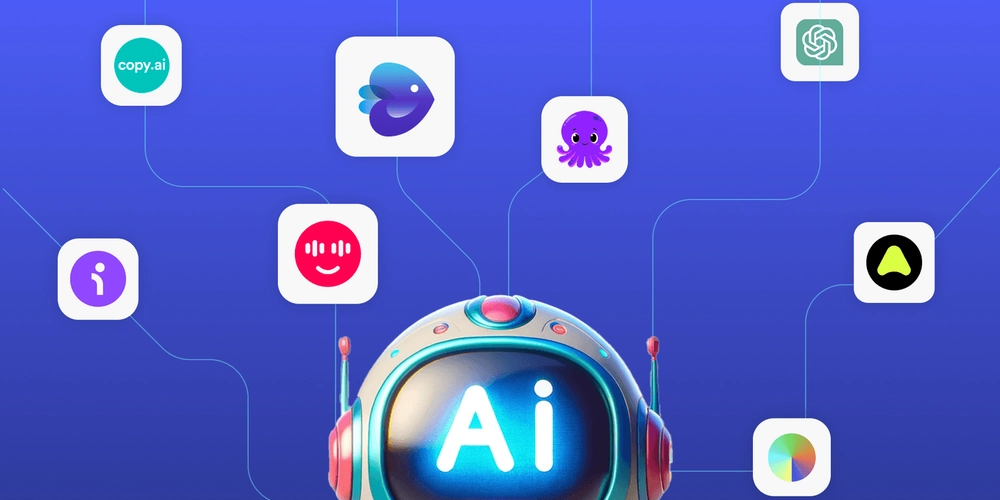




































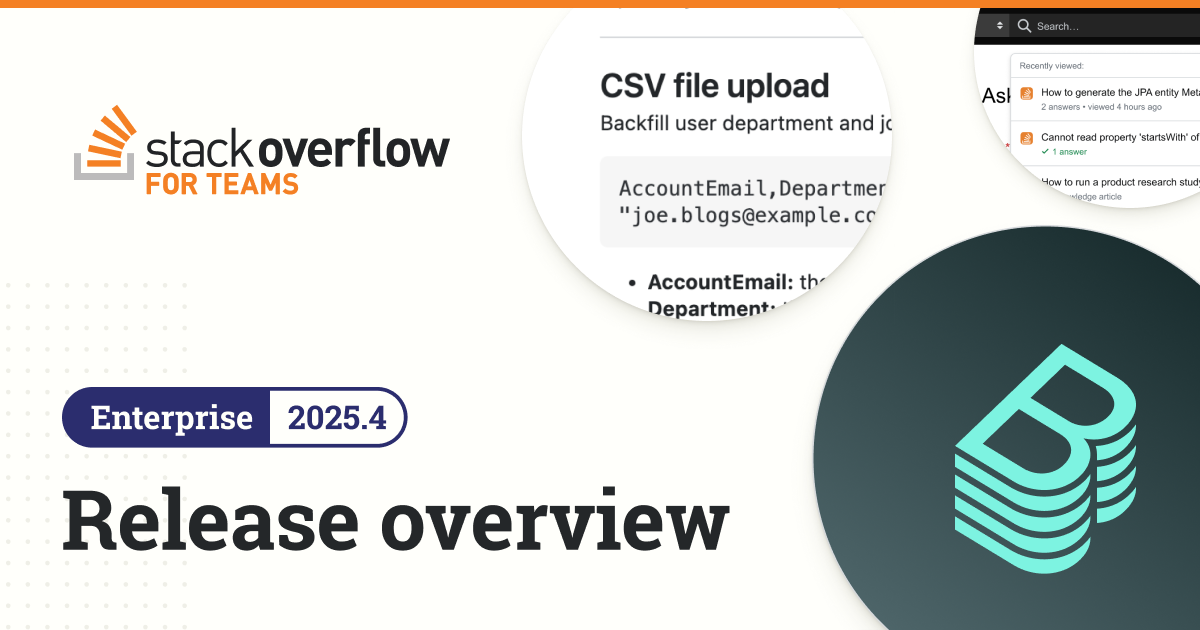

























































































_Luis_Moreira_Alamy.jpg?width=1280&auto=webp&quality=80&disable=upscale#)


_imageBROKER.com_via_Alamy.jpg?width=1280&auto=webp&quality=80&disable=upscale#)



















































































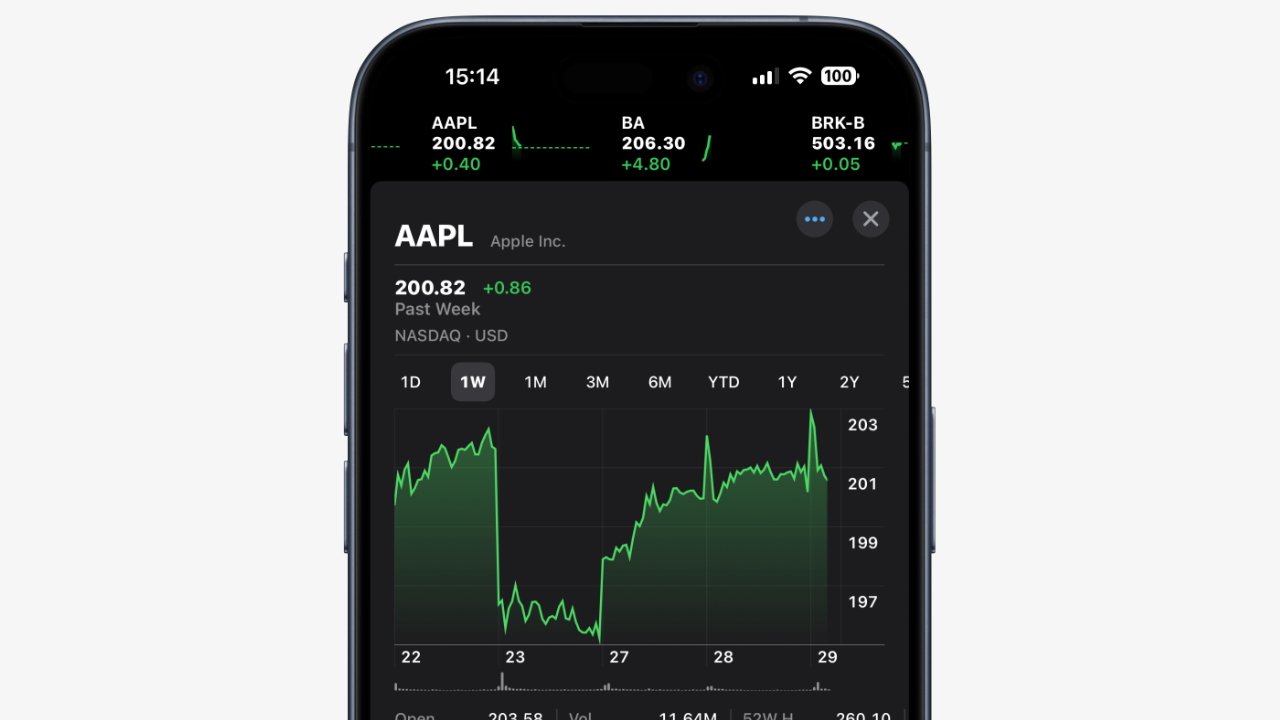




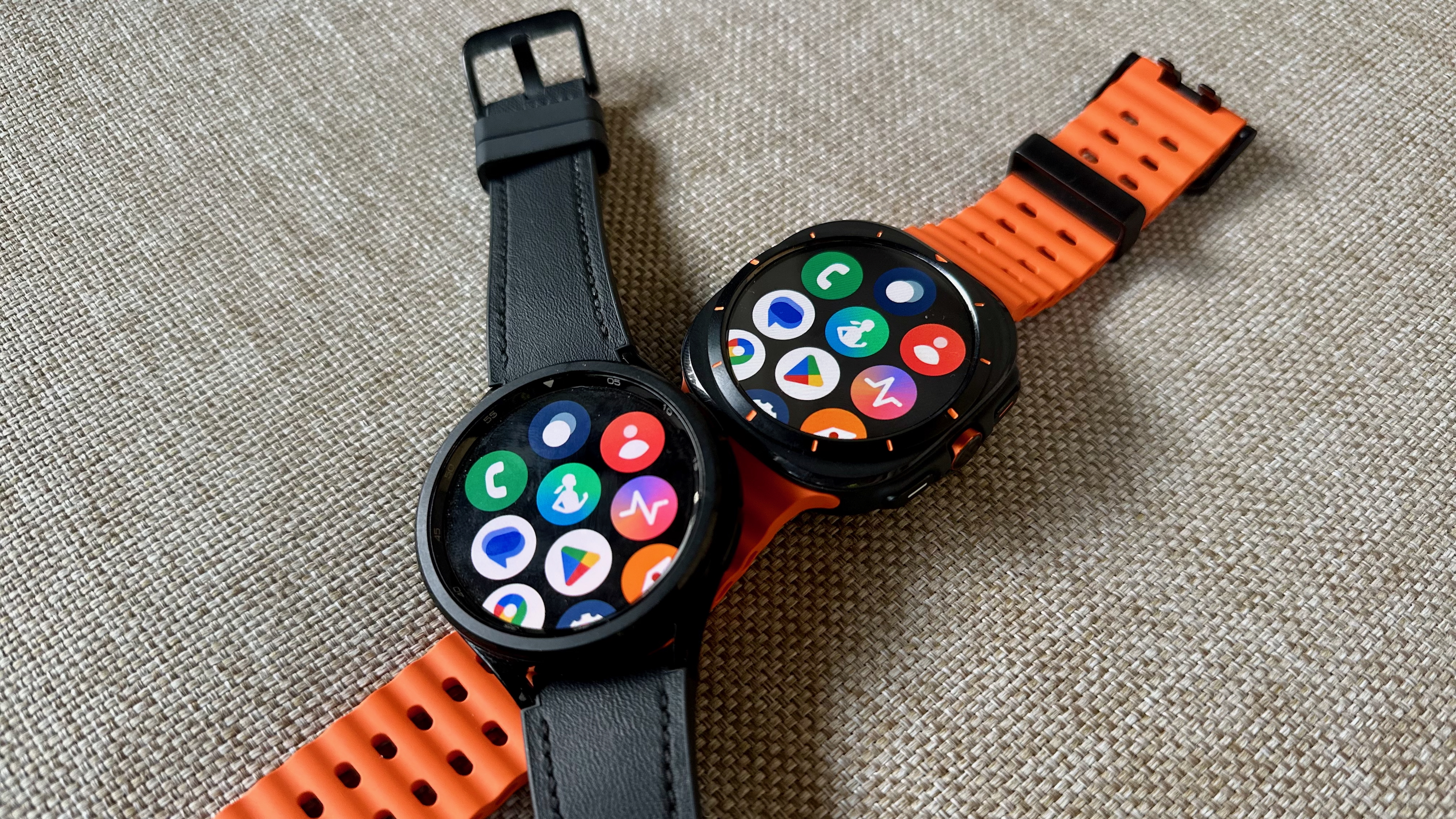

![iOS 19 may support easily transferring your iPhone’s eSIM to an Android device [U]](https://i0.wp.com/9to5mac.com/wp-content/uploads/sites/6/2022/09/iphone-14-eSIM-event.jpg?resize=1200%2C628&quality=82&strip=all&ssl=1)

















![iPhone 16 Becomes World's Best-Selling Smartphone in Q1 2025 [Chart]](https://www.iclarified.com/images/news/97448/97448/97448-640.jpg)
![Apple Releases Xcode 16.4 With Support for Swift 6.1 and New SDKs [Download]](https://www.iclarified.com/images/news/97450/97450/97450-640.jpg)

![Apple Updates Logic Pro With Flashback Capture, Enhanced Stem Splitter, More [Download]](https://www.iclarified.com/images/news/97446/97446/97446-640.jpg)
















